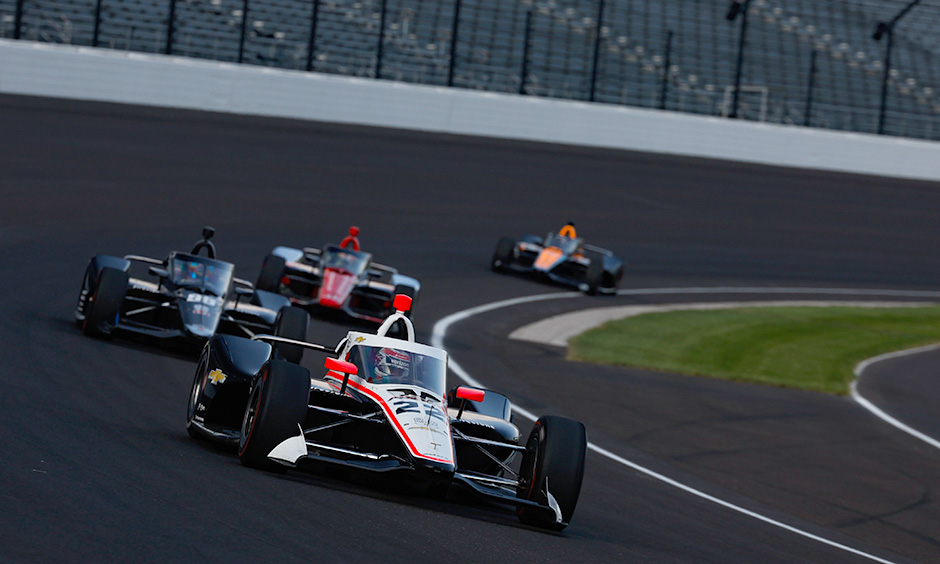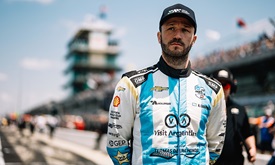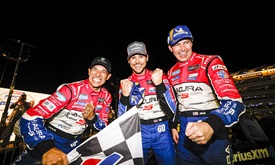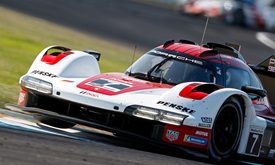2023 Writers’ Roundtable, Vol. 41: Biggest Test Takeaway?
OCT 18, 2023
Today’s question: What was your biggest takeaway from the Indianapolis 500 Rookie Orientation Program and hybrid power unit testing last week at IMS?
Curt Cavin: Last week was my first opportunity to see and discuss the hybrid technology at a racetrack, and it was interesting to learn how the drivers expect to experience it. I also was struck by the collaboration between Honda and Chevrolet. Yes, I knew that fundamentally the hybrid system is a spec piece for the series, but to hear Matt Niles (of Honda) and Rob Buckner (of Chevrolet) talk through it made me realize how they’re working together, with INDYCAR, on this project. Said Buckner: “It’s not as awkward as people think because it’s easy to overlook. General Motors and Honda are developing fuel cells together, electric vehicles together. This isn’t our only joint venture, if you will. (We’ll) still compete on the racetrack, but this is a project that teaming up together has made a lot of sense. It helps the series that we’re competing in.” As Buckner noted, the competition will soon be in the hands of the teams and drivers, and indirectly that means Honda and Chevrolet will be back to competing, too. But in this developmental and implementation period, it’s beneficial collaboration between two key partners. As for the drivers, it’s way too early to draw conclusions about how the hybrid system will impact their performances, but I think INDYCAR President Jay Frye will be right in saying that “some of them are going to like it probably more than others, and it’s going to be interesting to see how it plays out.” Very interesting, I’d say.
Paul Kelly: My biggest takeaway is that the challenges are just starting for Tom Blomqvist, Linus Lundqvist, Marcus Armstrong and Kyle Larson after they passed the Rookie Orientation Program with seeming ease. It’s one thing to complete a very structured, incremental program that resulted in a top overall speed of 220.176 mph on Oct. 11 by Blomqvist. It’s another to find anywhere from 9 to 10 mph per lap over four laps that probably will be needed just to make the 33-car field next May. Blomqvist acknowledged that when he said last Wednesday: “I can’t imagine going 10 miles per hour quicker. That’s going to be a whole new ballgame.” And it only gets harder from there, including going three-wide into Turn 1 at the start of the race, navigating traffic and more. Some fans and longtime INDYCAR SERIES observers wonder if there’s still a legitimate reason to conduct ROP since every driver has passed it for nearly the last 20 years. Well, there is, and Blomqvist’s quote proves it. I don’t think Blomqvist or any other NTT INDYCAR SERIES driver would say something like that about any other track or race. The Indianapolis 500 remains one of the most daunting challenges in global motorsports, and every driver – regardless of previous experience or success – benefits from a gradual introduction to its speed, challenge and danger.



















